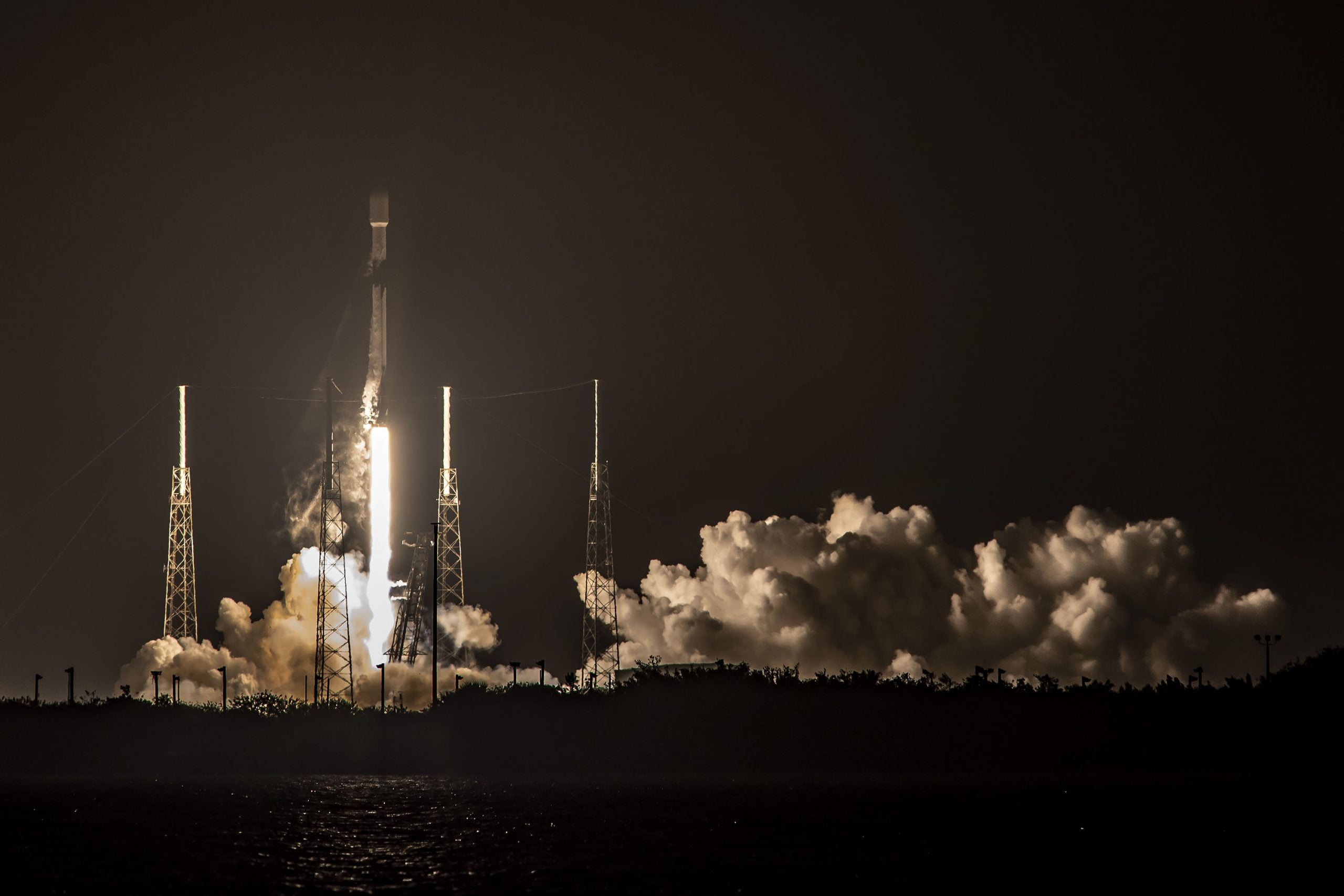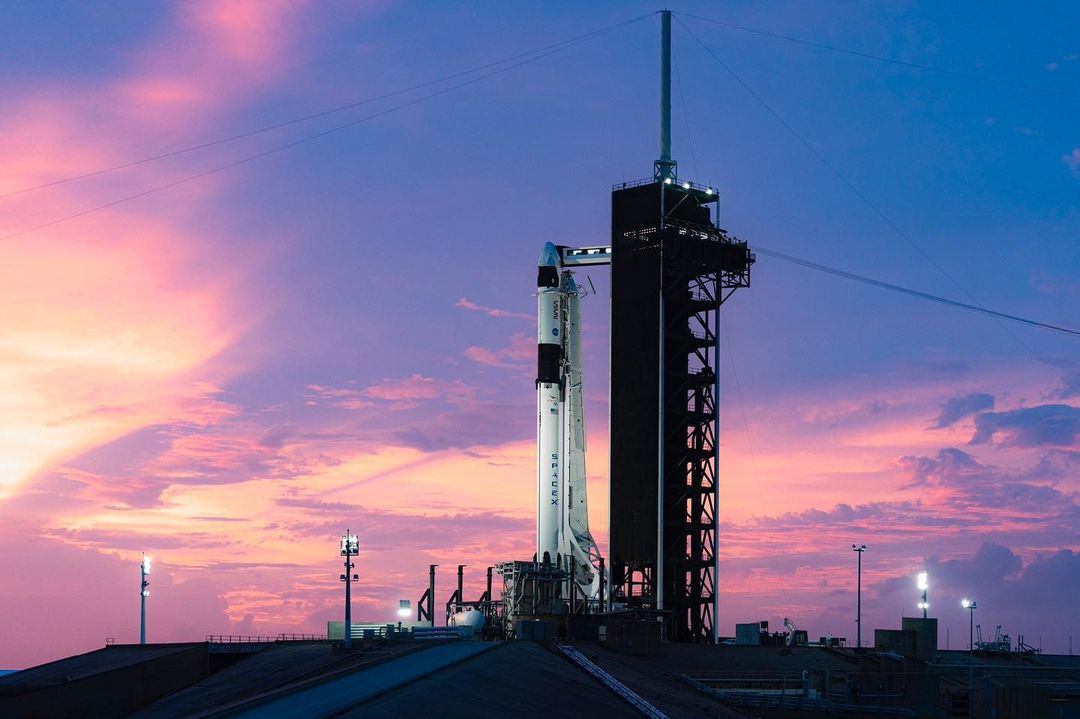On Tuesday, November 24 at 9:13 p.m EST, SpaceX successfully launched Falcon 9 in its sixteenth Starlink mission. The Starlink mission was launched from Space Launch Complex 40 (SLC-40) at Cape Canaveral Air Force Station. The launch was streamed live on the SpaceX official YouTube channel and seen by over a million people.
The first-stage rocket component that propelled the Falcon 9 rocket was already used in six other missions. These missions are as follows, Telstar 18 VANTAGE mission in September 2018, the Iridium-8 mission in January 2019, and four Starlink missions in May 2019, January 2020, June 2020, and August 2020.
This Starlink mission will add 60 more Starlink satellites to its low-Earth orbit constellation. It aims to cover the globe with high-speed broadband and also to ensure the reusability of rocket boosters. It seems rocket launch and landing have just become a regular thing at SpaceX. This time SpaceX broke its own record of sending the sixth times used first-stage rocket booster to bring in work back again with the Starlink mission. The booster was auspiciously recovered by the controlled landing through its drone flight. It was landed on a drone ship located in the Atlantic Ocean interestingly named “Of course I Still Love You.”
SpaceX has launched nearly 1,000 small satellites, and yet the service is operating in its beta operating version. Previously, in 2018, SpaceX had launched 21 times. The recent launch marks the 23rd SpaceX launch of the calendar year 2020. Among all 23 launches in 2020, it also features a groundbreaking Crew-1 launch, which included a team of NASA astronauts. According to NASA, the Crew-1 launch aimed to conduct Microgravity science research. SpaceX has also been working with the U.S. military in its national security space mission.




Share Your Thoughts